Khabar Khair (Only Good News) – Abdel Jalil Al-Salami
Migrant remittances occupy a place of primary importance among the external financing streams during the years of ongoing conflict, at a time when sources of foreign currency from oil and gas export revenues ran short, and external reserves were eroded.
Annual reports of the Central Bank of Yemen indicate that migrant remittances maintained their absolute value at $3.3 billion per annum, and cash flows remained extremely important.
The World Bank estimated that migrant remittances to Yemen are nearly $3.4 billion in 2017, however, studies and economic reports suggested that the actual flow of migrant remittances to Yemen would be much greater than these estimates.
Migrant remittances were the least affected source of foreign currency by the war and conflict cycles in Yemen and they represented a vital source of income for thousands of families across Yemen and had a direct impact on alleviating poverty.
Remittances from Yemeni migrants played a major role in meeting the living needs of millions of Yemenis, at the time oil production decline and interruption. Remittances have become the main source of foreign currency in a country that imports more than 90% of its basic food.
The Central Bank of Yemen estimated in 2016 that nearly 59 percent of Yemen’s total imports were remittances coming from migrants.
The conflict has cost millions of Yemeni citizens their salaries and livelihoods because of the liquidity crisis and the fragmentation of financial resources and institutions, as a result remittance have become an important source of income for many families.
Migrant remittances formed about 25% of gross domestic product in 2017, providing a means of survival for millions of Yemenis who had lost their livelihoods due to the war, and much-needed foreign currency was provided for import financing.
A 2017 survey found that 83.8% of migrant workers send their remittances through money transfer systems, while 12.9% send their money through relatives and friends.
According to the survey results, remittances sent through banks comprise only 2.9 percent of the total actual remittances.
Unofficial sources estimate that annual migrant remittances to Yemen from abroad are about 10 billion dollars.
Yemeni migrants working in Gulf states are the main source of remittances, as they contributed about 90% of the total remittances sent to Yemen in 2016.
It is estimated that the number of Yemeni migrants is about seven million Yemenis spread over 50 countries, and more than two million Yemeni migrants live in Saudi Arabia.
Remittances from Yemeni migrants in Saudi Arabia are about 61% of the total remittances to Yemen, of total Yemeni workers abroad.
While remittances of Yemeni migrants in the United Arab Emirates amounted to 18%, remittances of Yemeni migrants in Kuwait are 5%, and they are about 5% in Qatar and about 1% in Bahrain of the total remittances of migrants from abroad.
Yemen ranked fifth among10 labor-exporting countries in the Middle East and North Africa in the absolute value of migrant remittances.
Results of the quick survey “Migrants – The General Phenomenon” showed that migrant remittances are an important source of income for millions of individuals in Yemen, as these remittances used fully or partly to cover the requirements of their families living in Yemen.
Migrant remittances reached about $120 in 2017, and the current GDP per capita was 25% in the same year.
According to the 2016 Emergency Assessment of Food Security and Nutrition, about 9% of families rely on migrant remittances and consider them a major source of income at national level.
Based on the survey results, most migrants send 83.2% of remittances to their families every two or three months, which underlines the importance of remittances, since it is a source of income and stability of living for the population in the country.
The results of the quick survey stated that families of migrants spend remittances on multiple uses, and nearly 98.2% of migrants’ families spent remittances on everyday basic needs of food and clothing…
While 83% spend them on housing, construction, and maintenance. And 74.3% spend them on health care, and 32.5% of families confirmed that they spend them on education.
The survey found that only 2.3 percent of households use remittances for investments, such as purchasing agricultural land or property.
The results of the “Migrants – General Phenomenon” quick survey stressed the importance of the social role of remittances in supporting families of migrants, accessing to basic social services, reducing food insecurity, and alleviating poverty.



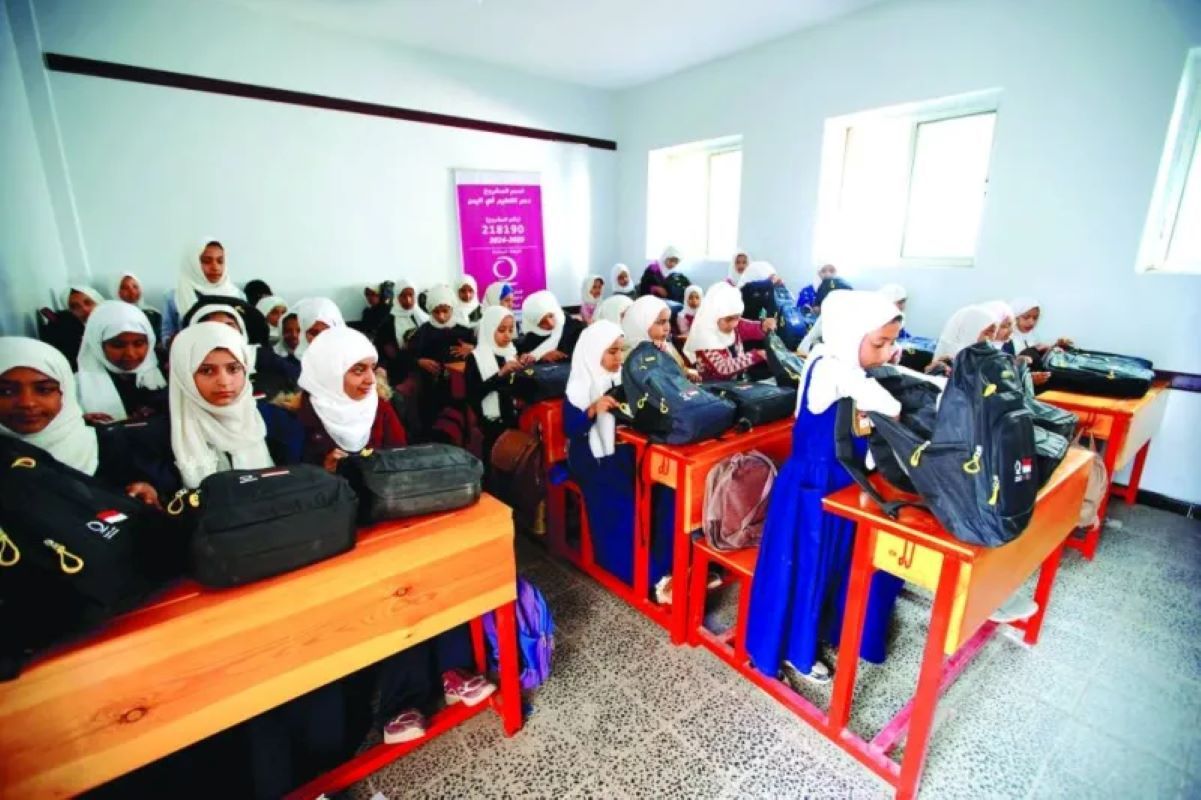

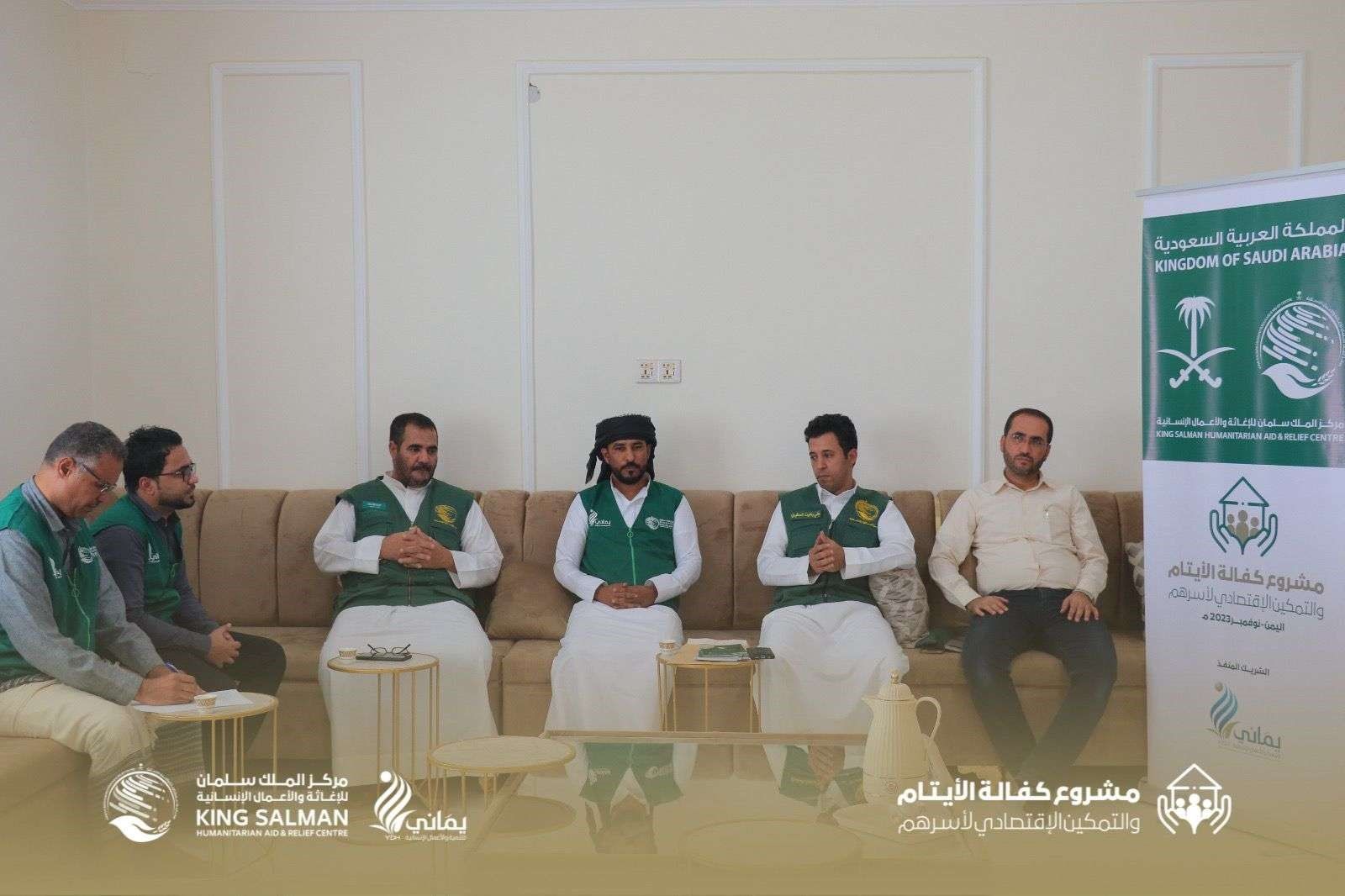
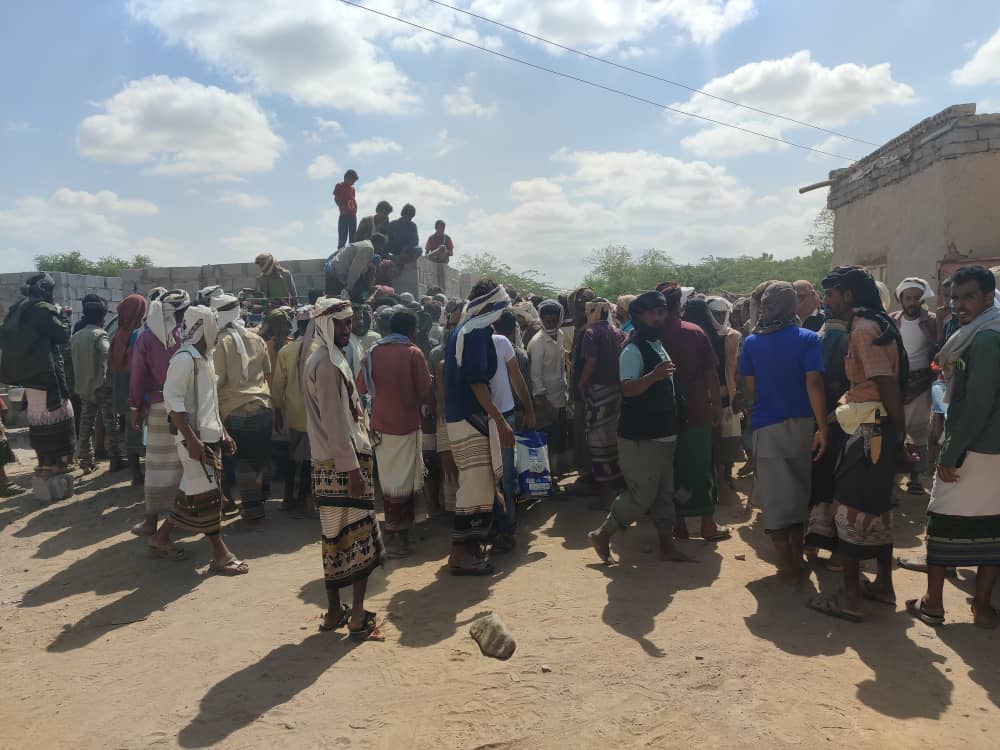
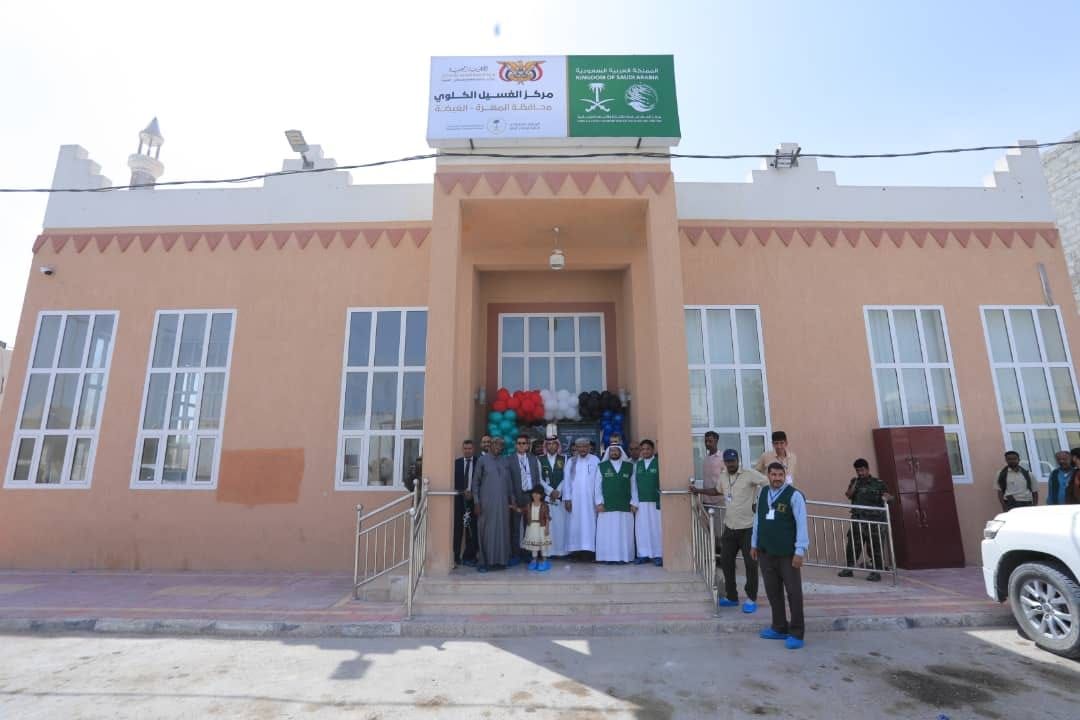

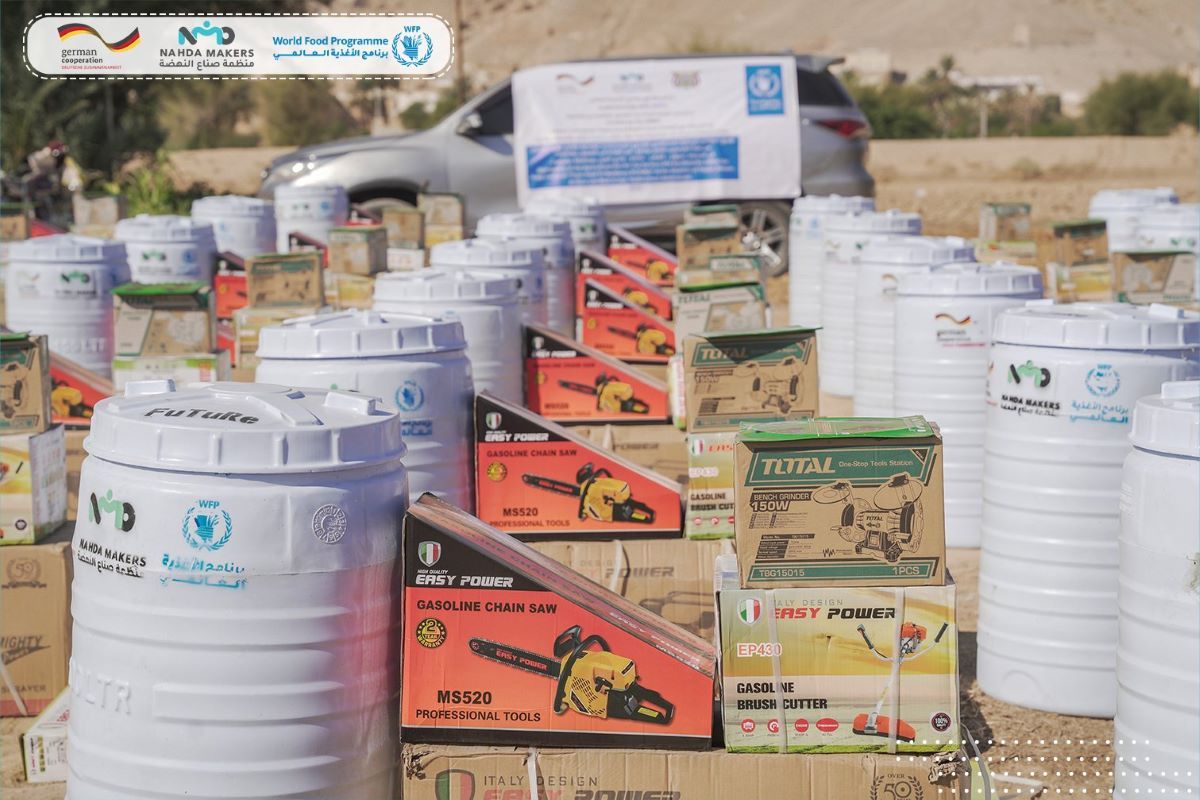


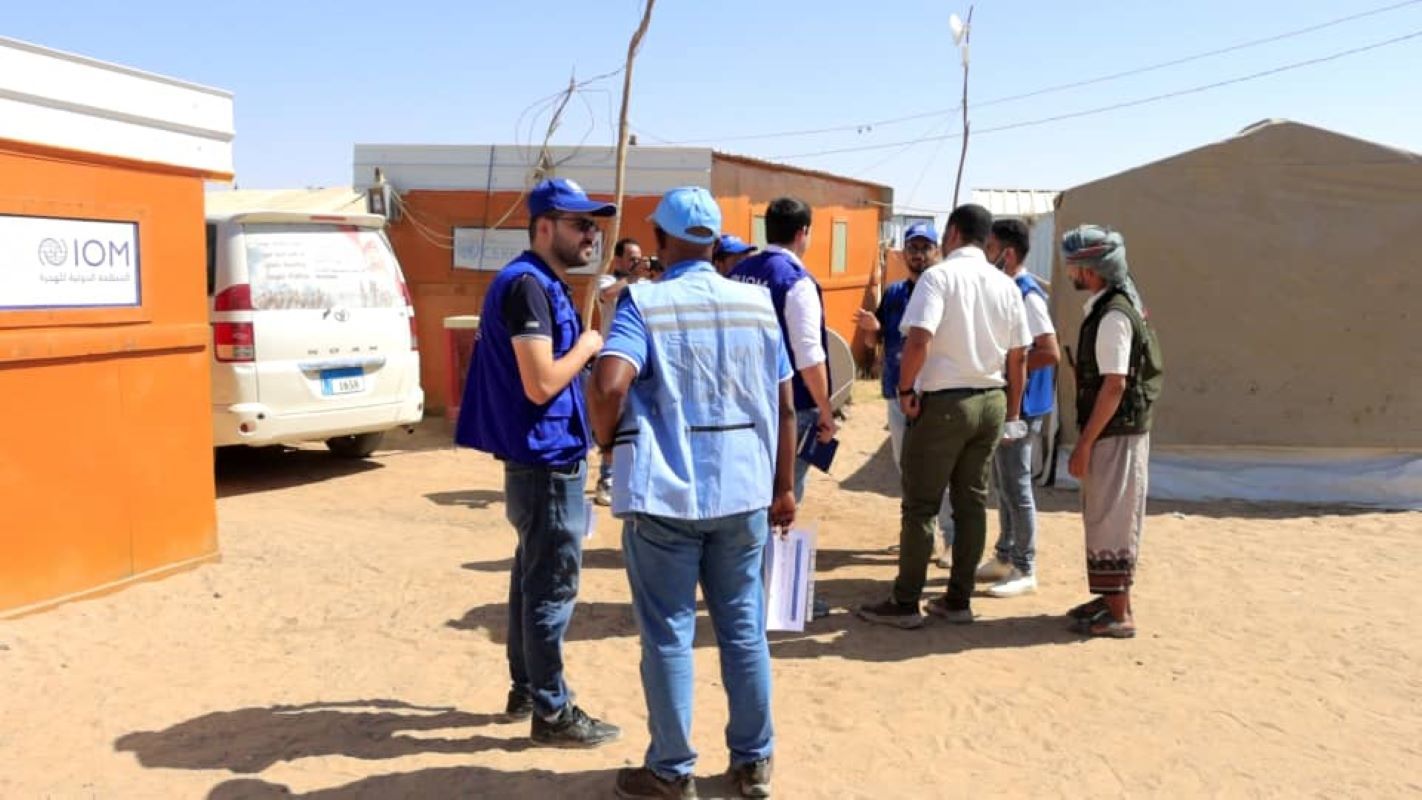


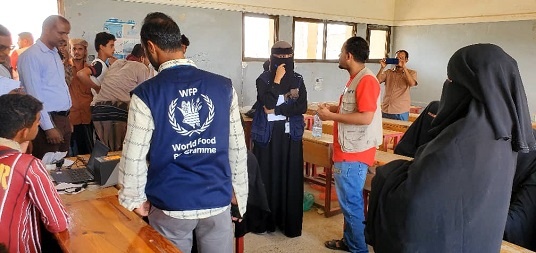
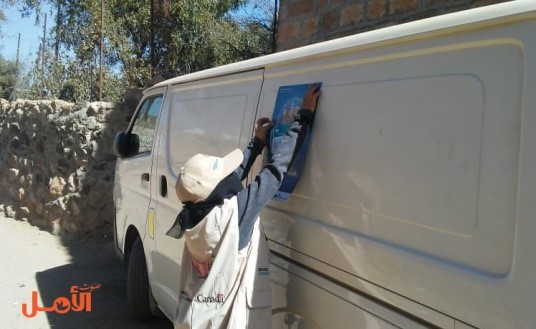
LEAVE A COMMENT